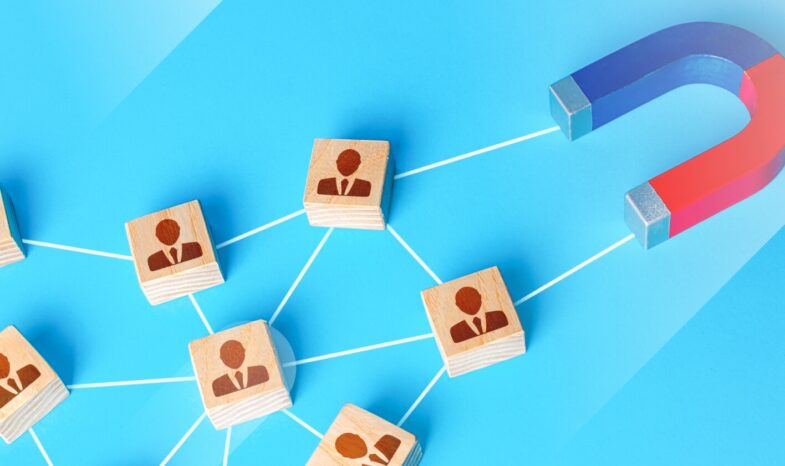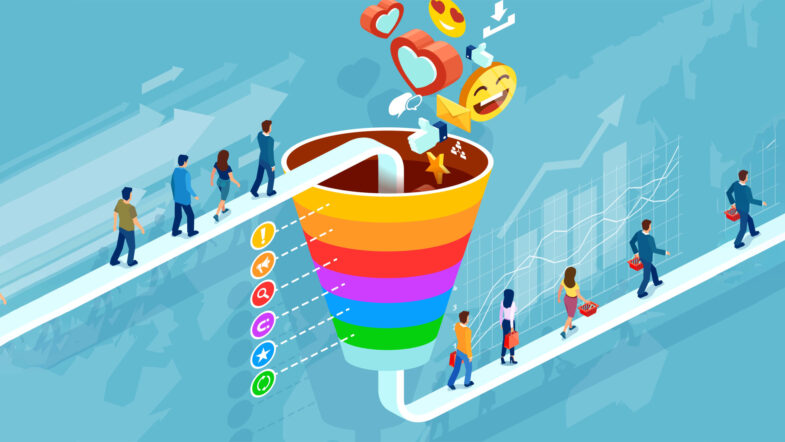The term “lead generation” is well-known to everybody. A business can not live without a constant influx of potential customers. But how to attract people and at the same time not be unnecessarily intrusive? Competition in trade forces entrepreneurs to look for different ways to attract and retain customers. Gaming is one of the most effective ways. Thanks to special programs and promotions, you can increase the level of sales and influence the choice of the buyer, focusing on specific products.
And what if we make sure that site visitors enjoy the process itself? And gamification solves this incredible task. It is the interaction of a business and a client through online games.
Gamification has different formats: the game “Find an object in the room”, a quest with plot twists, a win-win lottery, or a “shooting game”. The marketer chooses the format depending on the nature of the brand. Food delivery is suitable for a runner game, where the player will control the courier and rush to order. For care cosmetics, an interactive quiz is suitable, where the player will be offered to pick up cosmetics for the main character.
Boring content? Relive it with a quiz!
Imagine a website that is deducted to software or some particular program development. Create useful guides for using it and an online quiz on the knowledge of the basic “tips”. With its help, users can determine their level of proficiency in the program. The test results will not be shown immediately but will be sent to the email specified by the user. So you will be collecting much more new contacts click here to be sure that your lead list will increase significantly even in a month.

Source: higher-education-marketing.com
Combine video with CTA
The online video market is huge: more than 78% of users consume video content daily. So why not try to combine a video demonstration with a call to action (CTA)?
For example, you have a video about landing pages. In particular, it talks about effective color schemes. This is an extensive topic at the intersection of psychology, design, and marketing. So why not take a short pause and ask the viewer if the customer wants to get more detailed information by email? And immediately issue a dialog box in which the customers can enter their addresses.
The usual viewing turns into an interactive show. By the way, pop-ups with various calls to action – for example, an invitation to subscribe to a channel – are actively used on YouTube. The platform allows you to configure them in just 5 minutes.
Gaming in trade or how to influence your customers’ purchases?
What does this relatively new word mean, and how does it relate to trade? Gaming in trade or other business activity embodies the client’s passion, and interest in purchasing goods, ordering services, and working in one particular company. At the same time, business owners create special loyalty programs in which the number of points and benefits increases with an increase in the rating of a particular client, and status in a certain trading company. You can earn both bonuses and ratings by the number and amount of purchases. In addition, you can collect points and bonuses by completing certain tasks, for example:
- register;
- provide additional information about yourself;
- buy goods for a certain period of time for a set amount;
- purchase some designated types of goods, etc.
Often you can get bonuses by winning a competition, or by taking part in an action.
All this is taught in a playful way, forcing the client to fight for bonuses, hurry to get them and accumulate points. The phrase “The quantity of goods is limited” magically affects the customer, especially if the following condition is set – in order to get additional bonuses, you need to purchase a certain amount of goods that are already running out.
Gaming allows you to influence the choice of the buyer, not only to increase the level of sales but also to effectively influence the turnover.

Source: similarweb.com
How do return the customer again and again?
The bonus system allows you to do this. The clients will definitely come to the point of sale to spend them. But they will not be able to spend everything at once because by making an acquisition, they will earn them again. In addition, the loyalty system sets certain restrictions on their use. The reason to come to this store again will be the buyers’ rating, which gives them more bonuses or a higher discount.
Why is gaming used?
It allows you to link a customer to a store, forcing them to increase their rating, accumulate bonuses by making more purchases, and fight for an increase in their status, which allows you to get more bonuses or a more substantial discount. Gaming is an effective tool for increasing the level of sales and regulating the turnover of a certain trading company.
Marketing games entertain people. Companies, bloggers, and social networks are fighting for the attention of a potential client the moment when he picks up a smartphone. He is attacked by push, SMS, and email messages with a call to buy everything and more. But a person does not always want to spend money – more often he is looking for entertainment.
A business that offers to play a game gets an advantage over its competitors, because people associate games with entertainment, and advertising with spending money.
Winning even in a small game brings pleasure – a sense of superiority over others. In life, to experience similar emotions, people buy cars better than their neighbors or spend the night at work to get a promotion.

Source: inc.com
How do businesses use gaming?
Supermarket chains use this tool in a very simple way. They hold various promotions and offer customers to take advantage of additional loyalty programs. Companies that do not have a retail network use an easier way to stimulate an increase in purchases or attract a customer. For example, after driving in a taxi for 1 hour, you pay only for 50 minutes, ordering 5 cups of coffee, you get 6 for free, etc.
Conclusion
The negative attitude of users to the term “lead generation” is understandable. Most companies follow the path of least resistance. They create another spam mailing list and hang the site with pop-up windows.
But collecting information about the client should not be intrusive. Wrap it in a playful, half-joking form, add interactive elements, and you will see how the response will change.
Wish high conversions to you!
